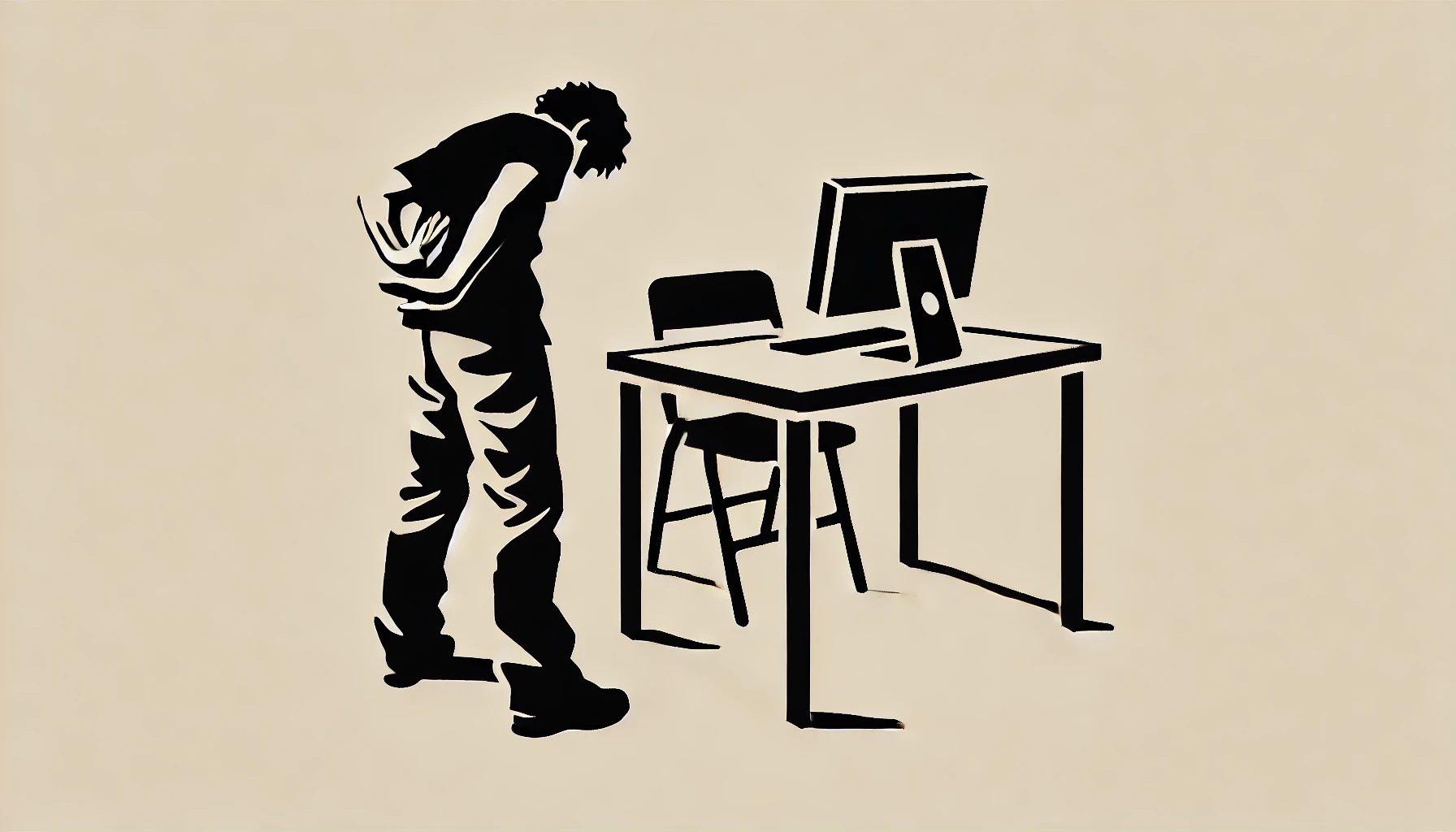How to Stop Procrastinating
Do you often find yourself in a pattern of avoiding a task until the deadline is looming, and then frantically working to get it done at the last minute? This was my reality for most of my life. Have you ever wondered about the deeper mechanics that drive this pattern? Let’s start by breaking it down a bit.
At the beginning, you have ample time to do the task. If you started now, you could do a bit of work each day, and then it would all be done in time for the deadline. But instead of doing that, you avoid it.
Time goes on, and the deadline is somewhat closer. There’s still time to do the task in manageable chunks, but you still avoid it. The deadline isn’t close enough to cause alarm yet.
Now the deadline is looming, and the fear sets in: what will happen if you miss the deadline? Will you be reprimanded? Lose out on a great opportunity? Go broke? Be homeless? Die? Now you spring into action, motivated by fear, frantically working at maximum speed to do weeks worth of work in a few days. You manage to get it done, then collapse, exhausted.
If this sounds familiar to you, the question to ask is: what do you feel at steps 1 and 2 when you think about sitting down to do the task? This will likely be a “cover emotion”, like boredom, disinterest, annoyance, or anger. These feelings are a distraction from the deeper emotions that are the real reason you’re avoiding the task. Take some time to sit with this, and see if you can look beneath the cover emotions and find what is really bothering you. It will probably be something very unpleasant and painful, perhaps related to early experiences of school or family life. This is what gets activated when you think about sitting down to do the task, and what makes it so difficult. The only thing that’s stronger than this painful feeling is the fear of what will happen if you fail to complete the task by the deadline, which is how you motivate yourself to complete it. And then by completing it, you get a dopamine reward, which reinforces the pattern.
So to complete the picture, let’s look at those steps again with the new information added.
At the beginning, you have ample time to do the task. If you started now, you could do a bit of work each day, and then it would all be done in time for the deadline. But when you think about doing it, painful feelings get triggered, and you instinctively turn away from them by avoiding the task.
Time goes on, and the deadline is somewhat closer. There’s still time to do the task in manageable chunks, but you still avoid it because the painful feeling is too unpleasant. The deadline isn’t close enough to cause alarm yet because the fear of missing the deadline is still no match for the feeling you’re avoiding.
Now the deadline is looming, and the fear sets in: what will happen if you miss the deadline? Will you be reprimanded? Lose out on a great opportunity? Go broke? Be homeless? Die? The fear of missing the deadline has now exceeded the discomfort of the painful feeling. Now you spring into action, motivated by the fear, frantically working at maximum speed to do weeks worth of work in a few days. The intensity and chaos numbs you emotionally, making it easier to ignore the painful feeling. You manage to get it done, then collapse, exhausted, with enough of a dopamine reward to reinforce that you survived and that this strategy works.
I lived this way my whole life until I developed a debilitating anxiety disorder from constantly terrifying myself into completing tasks. Then I learned about trauma, which is another word for that painful feeling that gets triggered when trying to do the task. Trauma is not just terrible things that happen to other people; it’s the very common hurts and wounds that give us the exact kinds of experiences I’m highlighting in this article. Everyone has some amount of trauma. And luckily, it can be healed.
I have had multiple clients, including myself, with this exact issue, and all of them had one or more underlying traumas preventing them from getting things done in a relaxed, reasonable fashion, and in some cases influencing them to completely give up on life goals. After they healed it, they instantly felt differently about doing the tasks they had been avoiding. The tasks felt doable and they saw new ways of approaching them that had previously been invisible. Things effortlessly became easier and more straightforward. This is the promise of true healing – nothing to figure out, nothing to remember, just natural ease and clarity.
The cycle of avoidance, last-minute panic, and exhaustion is often more than just a habit. It's a coping mechanism for deeper unresolved emotions and traumas. By uncovering and healing the underlying pain, you can break free from this exhausting pattern and move toward a more balanced and productive approach to your goals. Healing your trauma allows you to engage with tasks from a place of clarity and calm, rather than fear and chaos. If you're ready to explore this transformative path, reach out—I’d be honored to support you in this journey.
